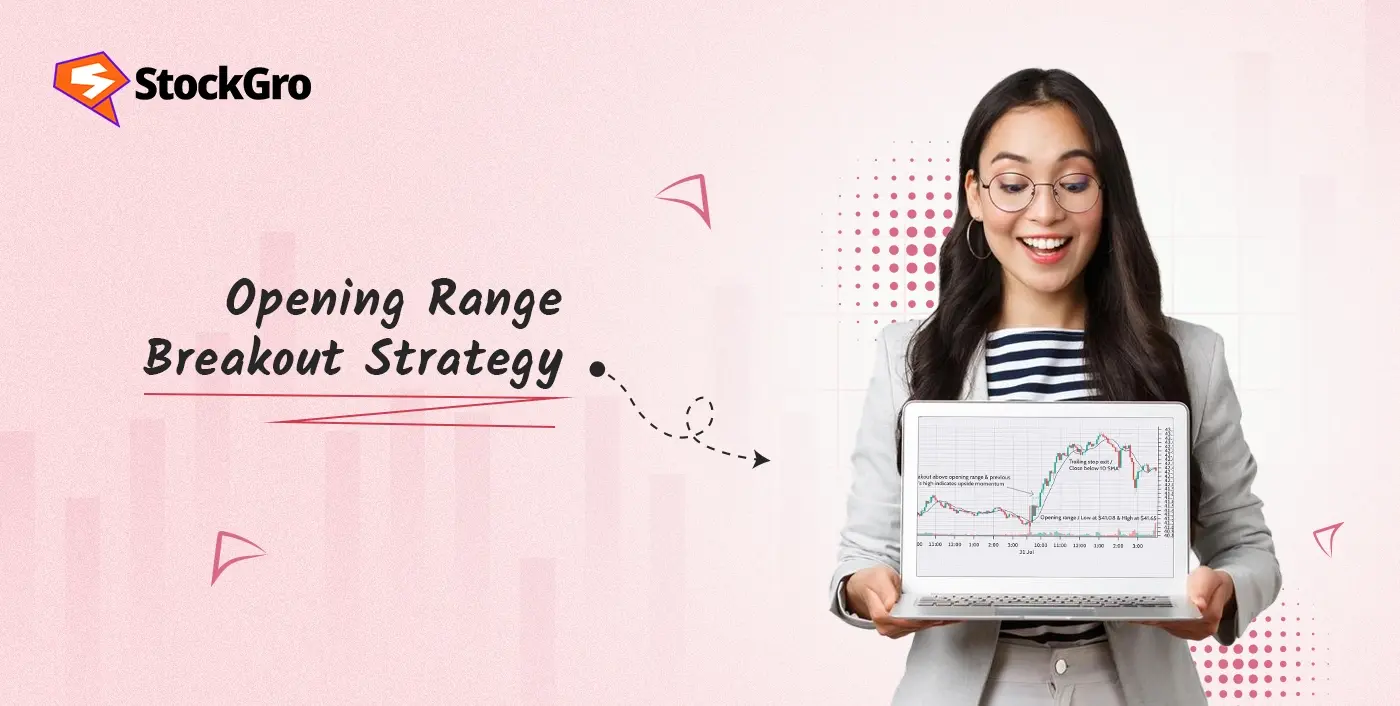
Ever wondered why a stock’s price suddenly shoots up, or crashes, without any clear news? The reason is usually the volume. Trading depends on price and volume, both being the same coin. Price will indicate what is occurring, and volume will show how substantial that action actually is. This is where price volume analysis comes in. Learning to read price and volume in combination can be a game-changer, whether you are new to the world of technical analysis or a trader who simply needs to make sense of market noise.
What is Price Volume Analysis?
Price Volume Analysis examines how price changes and trading volume interact to assess the strength and direction of a market trend. High-volume pricing actions are more meaningful than low-volume ones.
As an example, a breakout of stock on high volume indicates strong buying pressure, which augments the likelihood of a lasting rally. Conversely, low-volume breakout can be a false signal.
The technical analysis of price volume does not involve complex math. Rather, it is based on observing volume behavior in relation to price action over periods of time.
Why Volume is Important in Technical Analysis
Volume measures shares or contracts exchanged in a period. Technical analysis uses volume to drive pricing. Price changes without volume are deceiving.
Key reasons why volume matters:
- Confirms Trends: Rising volume confirms trends better.
- Reveals Strength: High volume during price moves shows strong participation.
- Identifies Exhaustion: Sharp spikes in volume can hint at the end of a move.
- Filters Noise: Volume helps separate real breakouts from fakeouts.
Price is justified by volume in essence. When applied properly, it can assist in minimizing poor trades and overall subsequent decisions.
How Price and Volume Work Together
Price and volume can be better analysed simultaneously. These are some of the general rules:
- Price Up + Volume Up: Bullish confirmation. Buyers are in control.
- Price Up + Volume Down: Weak rally. Caution – may reverse.
- Price Down + Volume Up: Bearish signal. Sellers gaining strength.
- Price Down + Volume Down: Weak decline. May be a pullback.
These combinations help traders assess if a move is likely to continue or fail.
Key Principles of Price Volume Analysis
- Volume Before Price: The volume surge frequently initiates ahead of the vicious notch of prices. The accumulation or distribution may be giving a signal during a huge rise in volume prior to the price responding.
- Verify Breakout: A breakout should be verified by greater than normal volume. This represents determination on the part of market sources.
- Signals Possible Reversals: A surge in large volume can show trend ends or big turning point.
- Divergences Matter: When the price sets new highs or lows without volume backing it up, the move may not be strong.
Common Price Volume Patterns
Accumulation & Distribution
- Accumulation occurs when the price remains in a range yet the volume increases unnoticed, which means that the smart money is purchasing.
- Distribution is a price condition that is constant, and the volume declines on the sell side, indicating that large players are leaving.
Both of these can be precursors to big moves.
Breakouts & Fakeouts
- A successful buyout of it is likely to lead to a successful breakout, which will be high in volume.
- A fakeout is a situation where price appears to break through a key level on low volume, usually to reverse.
Volume will provide insight on the reliability of the breakout.
Climax Volume
This happens at the top or bottom of significant movements. For example, after a strong uptrend, if there’s a huge volume spike with a long upper wick on the candle, it could mean buyers are exhausted, indicating a potential reversal.
How to Read Price Volume Charts
To analyse price volume charts effectively:
- Look at volume bars below the candlesticks.
- Track volume: Pricing adjustments increase or decrease volume?
- Observe volume spikes at key support/resistance zones.
- Compare volume during pullbacks versus rallies.
Also, always consider the context. A volume spike during news can behave differently from regular trading conditions.
Popular Price Volume Indicators
- On-Balance Volume (OBV)
OBV rises on up days and falls on down days. It helps identify hidden accumulation or distribution before price moves. If price is flat but on-balance volume is rising, buyers may be quietly loading up.
- Volume Weighted Average Price (VWAP)
VWAP gives the average price a stock has traded at throughout the day, based on volume. It helps with intraday trading and fair value. Price over VWAP shows strength, below indicates weakness.
- Chaikin Money Flow
Chaikin Money Flow combines price and volume to show buying and selling pressure. It helps identify whether the market is being accumulated (positive values) or distributed (negative values).
Practical Strategies Using Price Volume Analysis
- Trend Confirmation
An upswing with increased volume is more likely to be genuine. Entering trades with volume confirmation reduces the risk of false signals.
- Identifying Reversals
A strong trend followed by volume peak may indicate reversal. Combine this with candlestick patterns (like pin bars or engulfing candles) for added accuracy.
- Spotting Fake Moves
Fakeouts happen often in the markets. If a stock breaks above a resistance line but volume is weak, it’s likely a trap. Avoid such trades or wait for volume confirmation before entering.
Advantages of Price Volume Analysis
- More Reliable Signals:
The price volume analysis assists in validating the power of breakouts and breakdowns. The signal is usually more reliable when the price and volume reflect the same movement. - Early Warnings:
Disparities in price and volume may warn traders about trend exhaustion. This allows you time to change your strategy before a reversal occurs.. - Universal Application:
This method is applicable in all time frames which include intraday charting to long-term charts. It also works with different tools such as stocks, commodities, or even cryptocurrencies. - Supports Other Tools:
Price volume analysis is complementary to such indicators as RSI, MACD, or moving averages. It puts signals in perspective, thus making it easier to understand signals. - Better Risk Management:
It eliminates low-quality setups by getting you to avoid trades that lack strong volume confirmation. This can enable more measured and sensible risk taking.
Limitations of Price Volume Analysis
- Not Always Clear-Cut:
Volume behaviour is volatile, fluctuating, and uneven, at least at intervals of low liquidity. This complicates the formulating of strong conclusions in all situations. - Lagging Nature:
Occasionally, it is only after a move has unfolded that volume patterns become clear. This is more useful in confirmation than entry at an early stage. - Subjectivity:
The art of reading the pattern of volumes is not a science, it comes with experience. Two traders can study the same chart and draw entirely different ideas.. - Not a Standalone Tool:
Price volume analysis is most effective with other technical or price action. Just depending on it can give rise to partial insights.
Conclusion
Price volume analysis fills the gap between what is, and how strongly it is. It is one of the most insightful abilities to interpret market behaviour not just based on candlestick patterns or trendlines. Volume can enhance your chart, overall trading success, and confidence, whether you are a new trader or have experience.
The more you read in volume context, the more natural it would feel. Thus, the next time you open a chart, look not only at the price, but at who is behind it.
FAQs
No single best indicator exists for price volume analysis, popular indicators include On-Balance Volume (OBV), Volume Weighted Average Price (VWAP), and Chaikin Money Flow (CMF). OBV assists in the monitoring of accumulation and distribution. VWAP displays the average price at which the traders took a position across the day, and it is excellent in intraday strategies. CMF tells whether there are buying or selling pressures by the use of combinations of price and volume. The best indicator often depends on your trading style and timeframe, so it’s wise to experiment and backtest.
Of course, yes, price volume analysis can be employed as a beginner and actually provides a good background on market behaviour. Although this may appear a lot at the beginning, practice on monitoring the direction of the price together with the level of volume can guide the traders on whether the trend would continue on its way due to actual movement of traders or not. Begin by using such basic indicators as volume bars or OBV and then venture into more complex ones. Both practice and patience will reveal valuable insights to the novice and allow him to make better decisions without having to depend on such intricate setups.
Yes, price volume analysis can work in the short term when it is applied correctly. Volume can assist traders in confirming breakouts, preventing traps, and trend reversals more quickly because it indicates current interest in real-time. Indicators such as VWAP prove to be effective in an intraday set up because they draw attention to the average price traded with the weight of the price. However, like any method, it’s not foolproof. Volume can sometimes mislead or lag, so combining it with price action or other indicators improves reliability and risk control in fast-moving markets.

